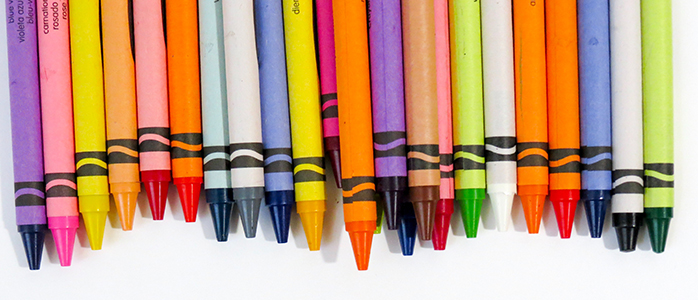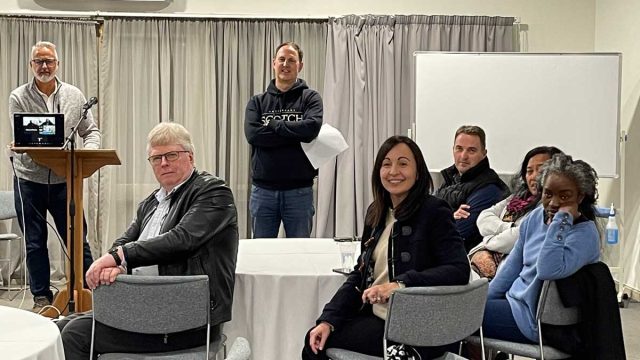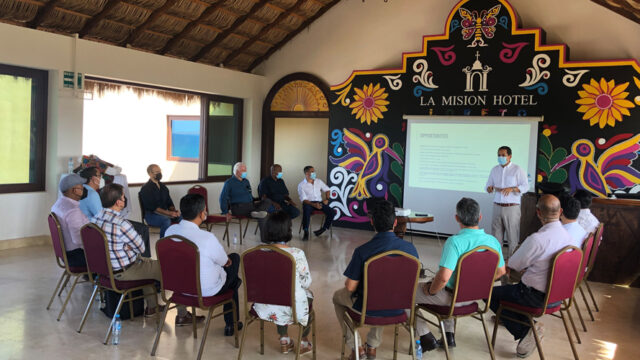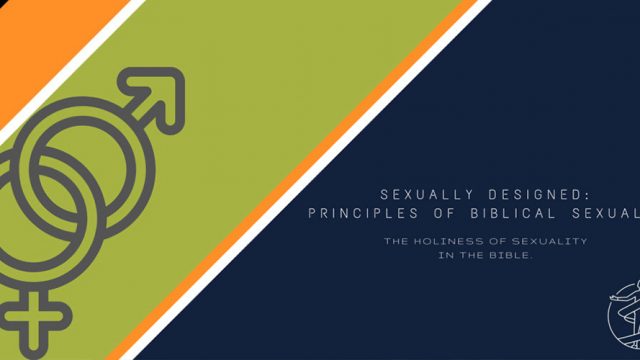A disturbing conversation with a five-year-old

The English poet, William Wordsworth, heart leaping up at the sight of a rainbow and longing to ever feel the rush, the awe, the wonder of being bound for life by beauty, once wrote: “The Child is father of the Man; and I could wish my days to be bound each to each by natural piety.”*
The poet’s positive sentiments about carrying the wonder of childhood into adulthood was written more than 200 years ago. But it is true for negative as well as positive traits and experiences. Who we now are comes from somewhere we once were.
I’m an English as a Second Language (ESL) teacher. Have been for more than 10 years. Call me naïve. I must be, because I can still be shocked by a child’s startling convictions.
An Astonishing Perspective
I was testing a 5-year-old Latina student in my ESL class about three years ago, and we stumbled across the name “Sarah” in one of the reading questions. My student exclaimed, “Oh, I have a friend named Sarah!” We kept looking at the picture of the Sarah in the story. But my student was not very happy about how she looked: “That’s not how a Sarah should look!” Her face showed a surprising amount of disgust for a 5-year-old.
I asked what was wrong with the Sarah in the story. She told me that she didn’t think that brown skin was a pretty color. She said, “That doesn’t look good. That’s just not right! I just want to hit her!”
My 5-year-old was upset that the Sarah in the picture looked nothing like her friend. It gave her a shock.
I took a breath. Then I said, “I am the same color as this girl in the picture.”
“No, you’re not!” she replied.
I continued, “I’m the same color as this girl in the picture, and this person here, and this one. We are all different colors; and we are all beautiful.”
“No, it’s not beautiful! The only color that is beautiful is my color—white! We should all be the same color! All the other colors are ugly!”
It was not easy to believe I was talking with a 5-year-old.
“God made me this color,” I explained. “He made us all different colors. If all the flowers in the world were the same color, wouldn’t that be boring? We were all created differently, and we are all beautiful.”
My student responded, “Well the flowers and trees can be different colors, but all people should look like me. White is the beautiful color. Japanese friend has brown skin; and African friend has brown skin, but they should have white skin!”
Eventually, we were finished with the test. I asked my student where she’d gotten the idea that her color was the best. She replied, “It came from my head.”
What can I say? She was only 5.
Reflecting Our Teachers
The year’s most dramatic news so far is probably about the United States Capitol building being overrun. Reportedly, some of the invaders live with the thought that their skin color is superior to others. It made me think again of this story. Maybe some of them were my little girl’s teachers. For my 5-year-young student hardly came to her way of thinking because she was born that way. Being superior because they are “better” colored does not just pop into the heads of 5-year-olds. And their disgust with brown girls in picture books isn’t a convention of birth. The claim of my text from Solomon’s Proverbs is that her conviction would in all likelihood have been developed by the teachers of her early days. The intensity of her passion would first have been her trainers’ passion. She and we are what we touch, taste, smell, hear, and see. She became, and we become, by study and incidental absorption. It begins in, and grows and spreads from, homes, neighborhoods, churches, local clubs, little league games, television shows, and movie houses. The training becomes the child, who is father and mother of the woman and the man. What we teach and learn is what we learned, then taught.
Will you be teaching tomorrow? Learning? Will it be rainbows?
*William Wordsworth, “My Heart Leaps Up”; also known as “The Rainbow.”








